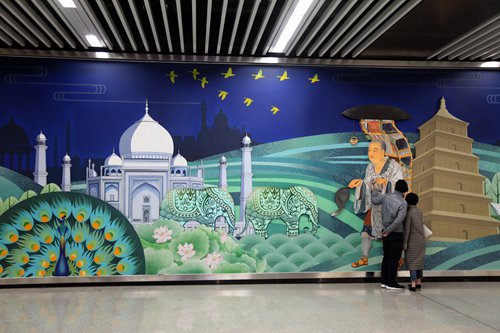innsertnamehere
Superstar
The general way you have to think about these things is how the money can be spent elsewhere. Would you take a few lost trees here and maybe a park in exchange for, say, $1,000,000,000 in spending in affordable housing? That's about 5,000 deeply affordable units. At $200 a tree, that's 5,000,000 tree plantings. That gets you the Waterfront East LRT. That buys a whole lot of new parkland. And that's just the savings from this stretch in Leslieville. The whole line saves a couple billion over building the same length line with TRs.
The cost savings from building the OL this way instead of with standard TRs means the government has more options later to address capacity if this line does run over a generation from now as well. Sure, if you have to build a relief line for the relief line in 2060 you could have prevented it with building the relief line better, but it's a generation away and at the end of it you end up with 2 subway lines serving everyone better rather than 1 serving everyone in an OK way. Probably at a lower overall opportunity cost as well.
The cost savings from building the OL this way instead of with standard TRs means the government has more options later to address capacity if this line does run over a generation from now as well. Sure, if you have to build a relief line for the relief line in 2060 you could have prevented it with building the relief line better, but it's a generation away and at the end of it you end up with 2 subway lines serving everyone better rather than 1 serving everyone in an OK way. Probably at a lower overall opportunity cost as well.
